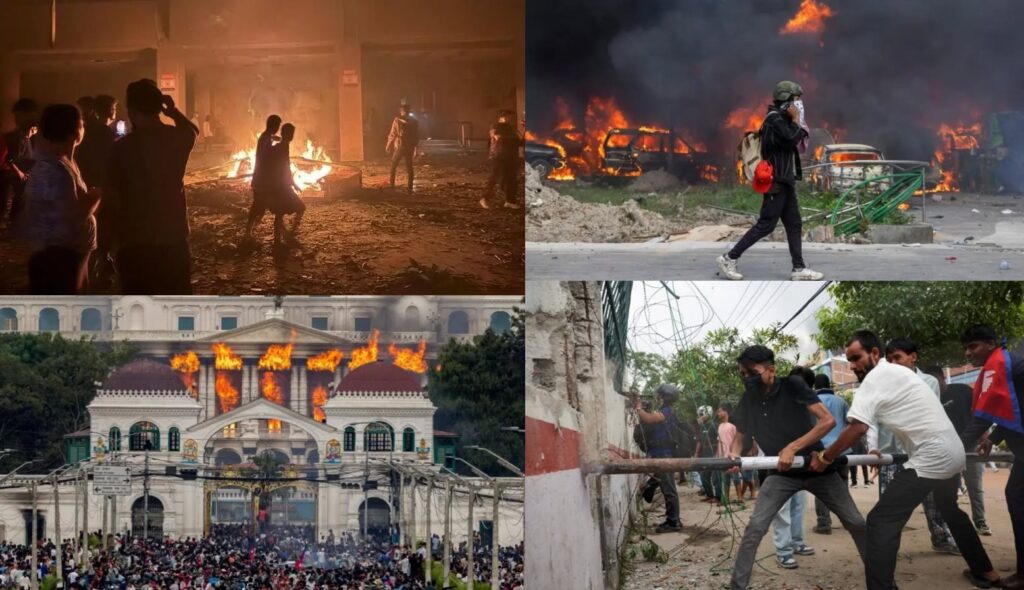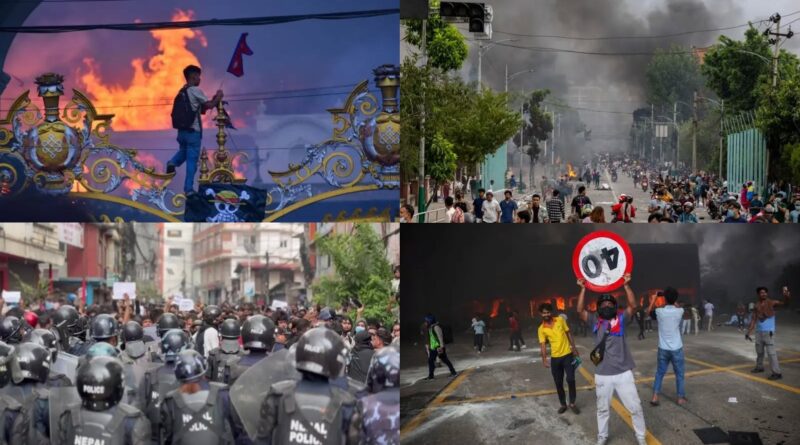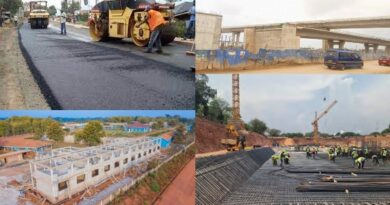Nepal Gen Z Protests Escalate Amid Social Media Ban and Unrest

Nepal Plunges Into Turmoil Amid Gen Z Protests
Nepal is experiencing a period of intense political turmoil as widespread, youth-led protests have shaken the government. What began as a reaction to a social media ban has quickly transformed into a much larger movement against long-standing issues of corruption, nepotism, and a lack of economic opportunity. This uprising has led to deadly clashes, political resignations, and a military presence on the streets.
The events began on September 4, when the government banned several major social media platforms. The decision was the final straw for many young people, who were already frustrated with the country’s broken political system. By September 8, tens of thousands of young people, primarily from Generation Z, had taken to the streets. They marched to protest the ban and voiced their frustration with widespread corruption and high youth unemployment. In a brutal clash with security forces, at least 19 protesters died, and hundreds more were injured.
Political Fallout and Rising Tensions
Facing immense pressure, the government initially lifted the social media ban. The Home Minister also resigned in an attempt to de-escalate the situation. However, these actions were not enough to calm the public. The protests grew more violent. Demonstrators set fire to government buildings, including the parliament. They also attacked the private residences of political leaders, including that of a former prime minister. Prime Minister K.P. Sharma Oli resigned amid the chaos, marking a significant political defeat.

The unrest did not stop with his resignation. The army has taken control of critical infrastructure, including the Tribhuvan International Airport, which was shut down due to the security crisis. This drastic measure highlights the severity of the situation. The ongoing Nepal Gen Z protests are a clear sign of a generation fed up with politics as usual. The country has had 13 different governments since 2008. Rampant corruption and limited opportunities for young people have led to this moment. The future of Nepal is now at a crossroads, and what happens next could dramatically reshape the country.




